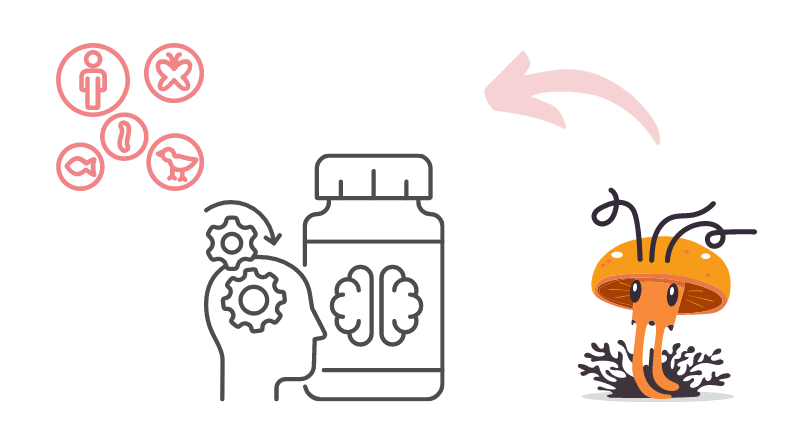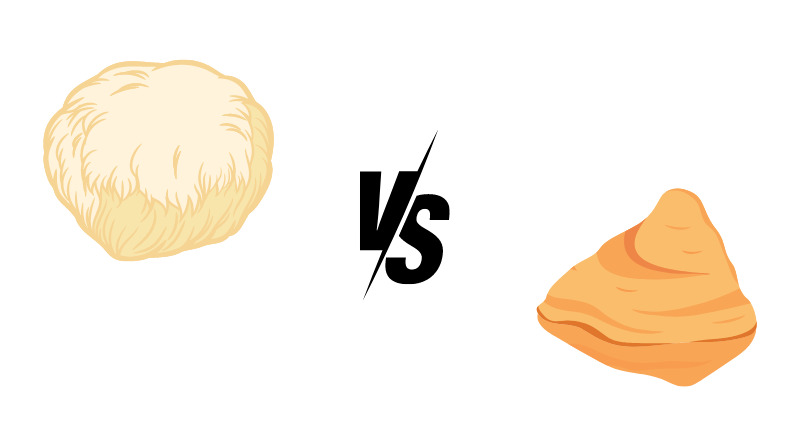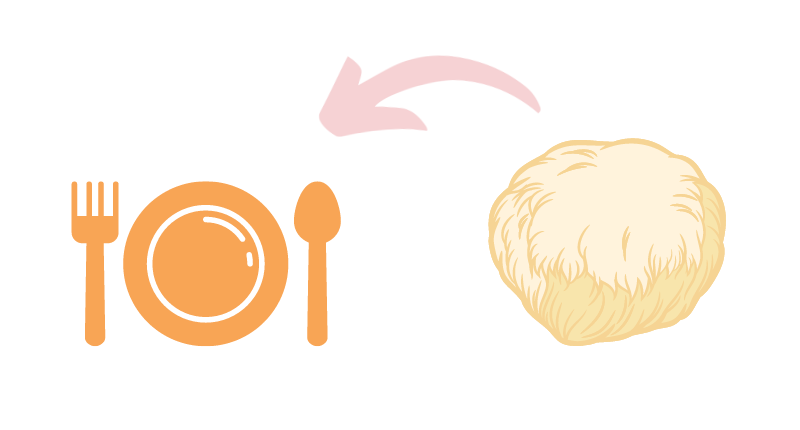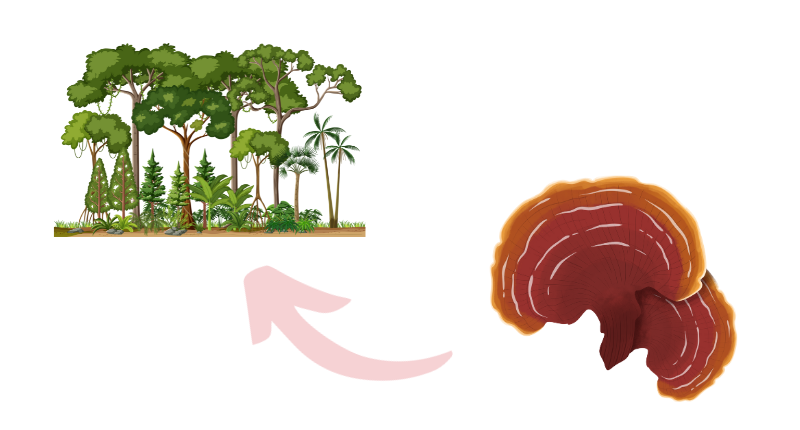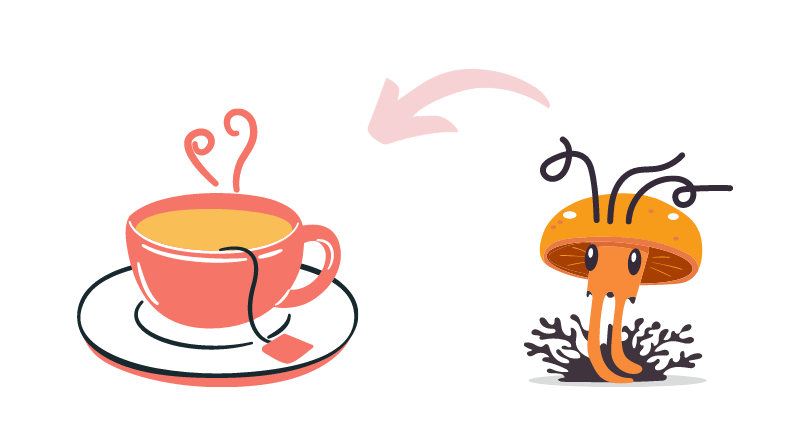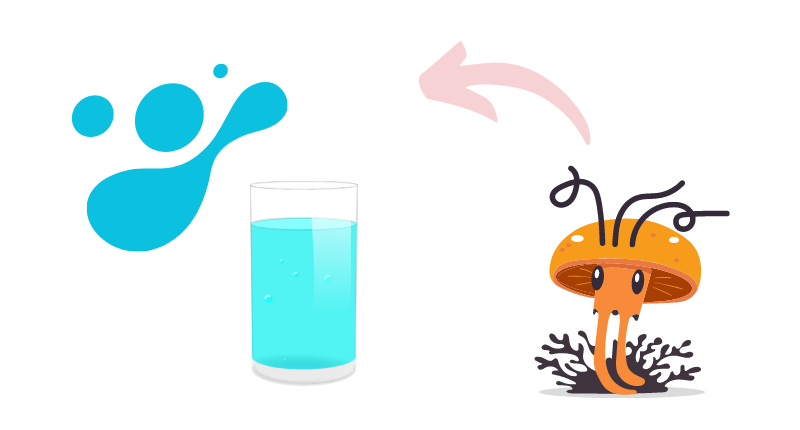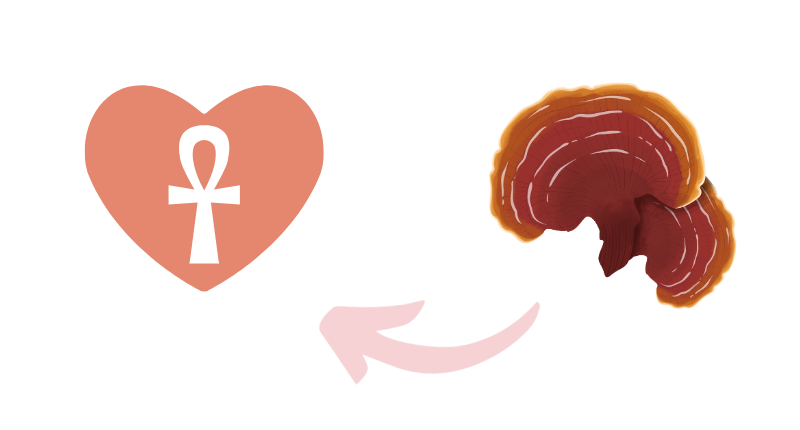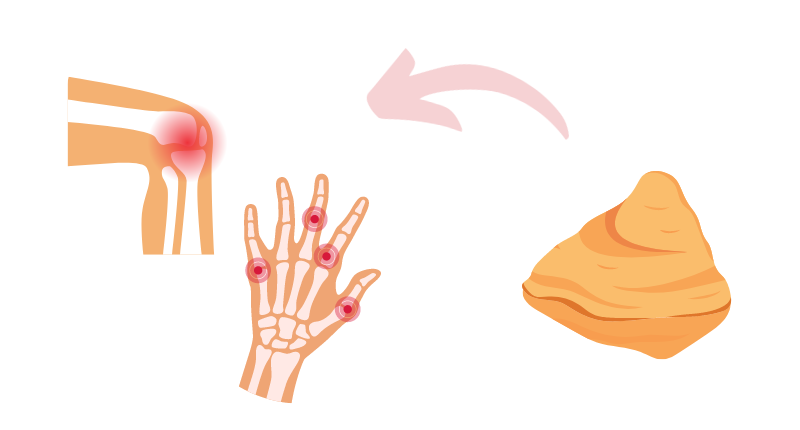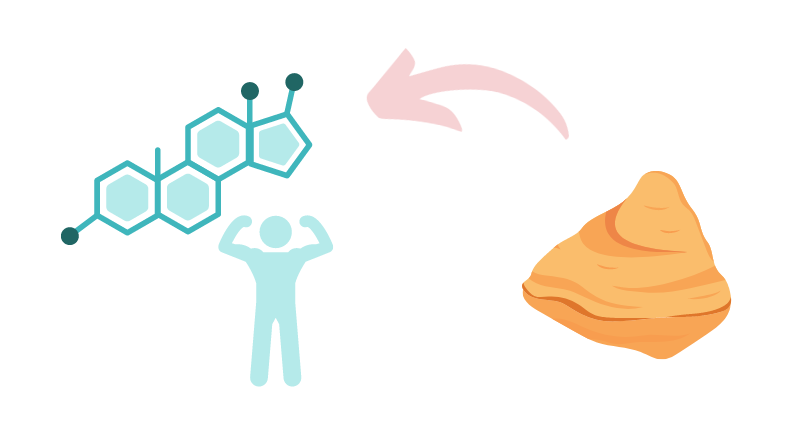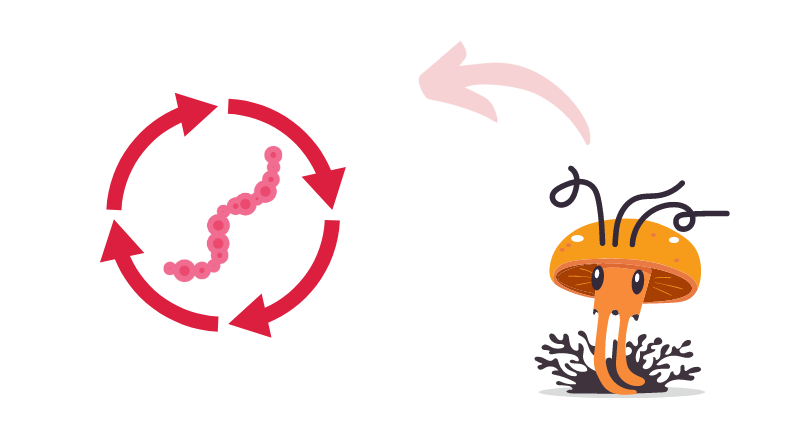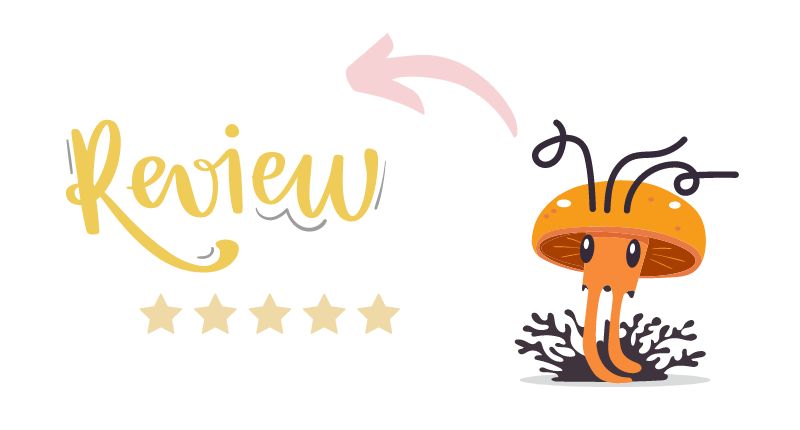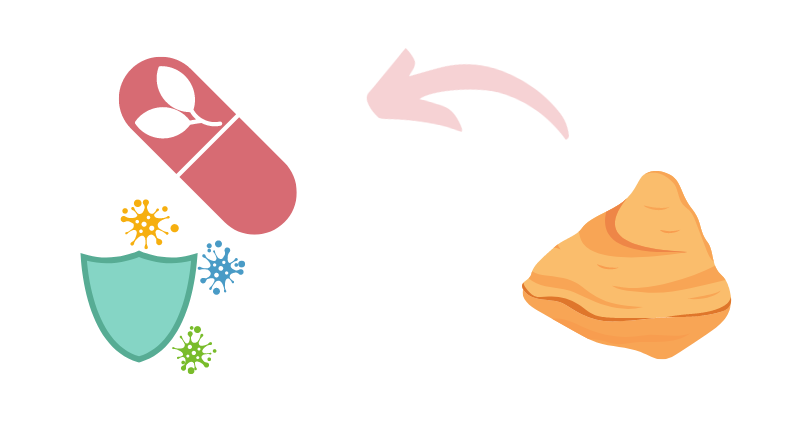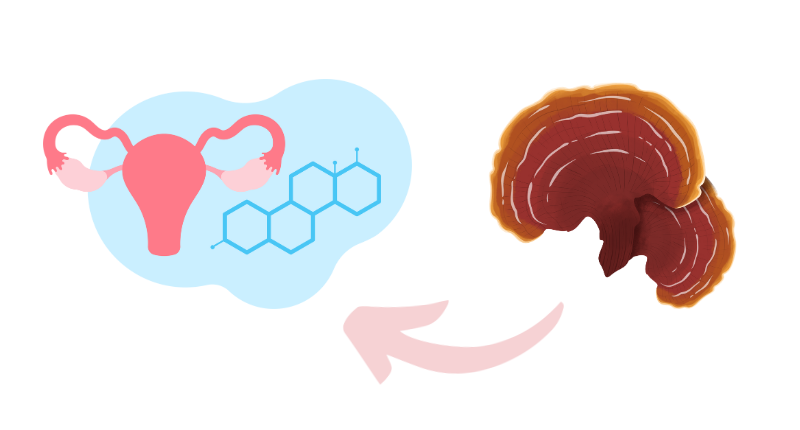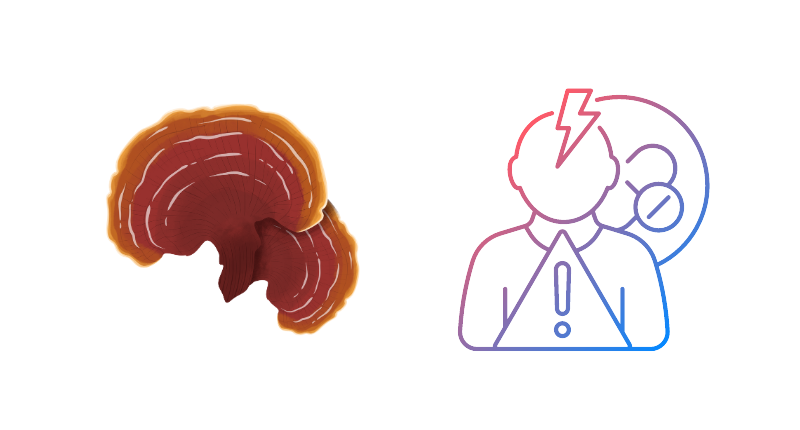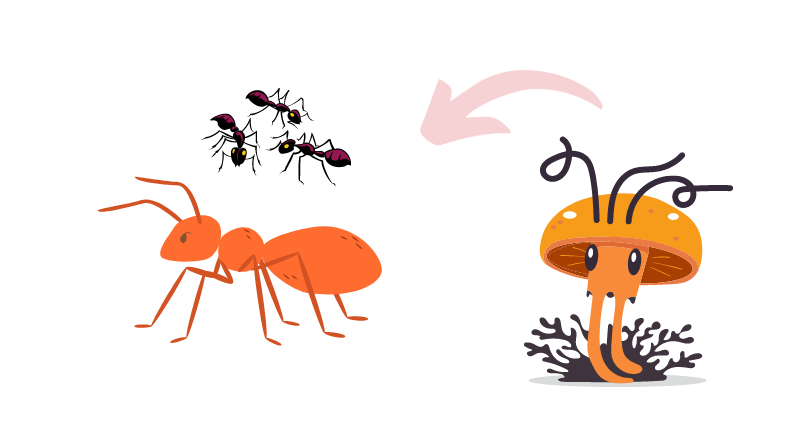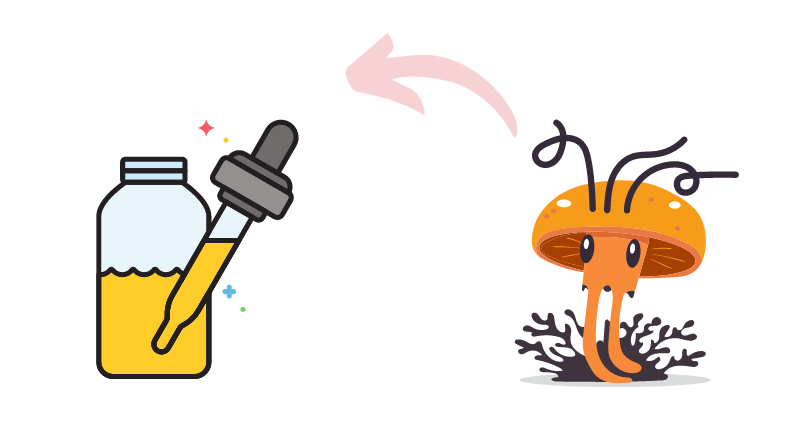Belonging to a genus of parasitic fungi that has captured the imaginations of scientists, herbalists, and health enthusiasts alike, cordyceps is set apart among the kingdom of fungi as unique in life cycle and biodiversity.
The well-known medicinal effects and the almost mythic reputation in traditional Eastern medicine of Cordyceps brought it recognition both for its curative effects and the intriguing nature of the fungus.
This article describes the Cordyceps species, revealing its importance as a mushroom, a supplement and an amazing representative of fungi kingdom.
INTRODUCTION TO CORDYCEPS: NATURE’S PHARMACY
Cordyceps is a genus of fungi that includes over 400 identified species. These fungi are known for their unique mode of growth, as many species are parasitic on insects and other arthropods.
The most famous species, Cordyceps sinensis (now known as Ophiocordyceps sinensis), and Cordyceps militaris, are highly valued in traditional Chinese medicine for their potential health-promoting properties.
THE CORDYCEPS LIFECYCLE: A NATURAL WONDER
In their horrifying yet equally intriguing lifecycle, a Cordyceps starts out life by initiating the infection in an available host insect.
A spore of the fungus colonizes a host (commonly an insect), growing and consuming its body before emerging as part of a fruiting body from the residue of that host. Not only this lifecycle has fascinated scientists, but it served as an inspiration for stories and legends.
DIVERSITY WITHIN THE CORDYCEPS SPECIES
Although the C. sinensis and C. militaris are better known, the Cordyceps genus includes a diverse range of other species with different traits and host requirements. Such a diversity indicates the adaptability and ecological importance of Cordyceps in nature.
SUPPLEMENT: FROM TRADITION TO MODERNITY
In the practice of traditional medicine, Cordyceps is commonly taken for respiratory and renal health support, energy enhancement as well as increasing libido.
Today, cordyceps supplements, generally derived from cultivated C. militaris, are widely used because of their purported ability to enhance performance during athletic activity and provide energy and boost immunity.
THE SCIENCE BEHIND NOOTROPIC SUPPLEMENTS
Modern studies have started discovering the bioactive ingredients that are present in Cordyceps like cordycepin and polysaccharides which may play a role in its health benefits.
Research has been conducted regarding its effects on exercise performance, anti-fatigue features and the modulation of the immune system.
CULTIVATING CORDYCEPS: MEETING DEMAND SUSTAINABLY
Due to the low availability of wild-harvested Cordyceps, particularly O. sinensis, cultivation endeavors have been centered on C. militaris. Improved cultivation methods guarantee an uninterrupted and renewable source of the Cordyceps for supplements.
ULTRASONIC ASSISTED EXTRACTION: UNLOCKING POTENCY
An interesting procedure employed in Cordyceps supplements is Ultrasonic Assisted Extraction. This technology ensures that the bioactive compounds are well-extracted, which results in a high potential and effective supplement product.
THE MODERN WELLNESS LANDSCAPE
In light of the increasing appeal for natural and holistic health, Cordyceps has established a reputation as a desired supplement. Supported by tradition and emerging science the possible benefits of this product make it a regular part of many in wellness programs.
THE LAST OF US: CORDYCEPS IN POP CULTURE
In a fun, art mimicking life (or is it the other way round?) twist, Cordyceps mushroom was catapulted into pop culture’s limelight by the 2023 TV series from The Last of Us for an apocalyptic and fictional spin.
This gripping story borrows the natural parasitic nature of Cordyceps, and runs wild with it, imagining a world where mutant strains of this fungus have leaped from insects to humans, resulting in total societal collapse.
A FICTIONAL PANDEMIC DEEMED TO INSPIRED BY NATURE.
In the program, the only thing we know about Cordyceps is that it has evolved to feed on humans to live and multiply. This thought, although it is pure imagination and the material of nightmares, illustrates the strength of nature both for creation and destruction.
It is a haunting reflection of the fragility of balance within natural ecosystems and what happens when you tip the scales.
ENTERTAINMENT MEETS EDUCATION
Although The Last of Us might be nothing like the reality of Cordyceps or what it is capable of producing, the series has unintentionally brought this interesting fungus to light.
Those interested in the premise of the show are beginning to learn about the actual Cordyceps, its medical benefits, and an astonishing fungi world. It is an excellent show of how entertainment can spark interest in science and natural events, thus to increased understanding and intrigue.
FROM SCREEN TO SUPPLEMENT
The path of Cordyceps doesn’t have to stop after the credits for the fans of the series and health aficionados. Unlike its fictional incarnation, the genuine Cordyceps provides a multitude of benefits such as increase in energy and exercise performance, robust immune health-no zombie apocalyptic included.
With the help of green growing and state of the art extraction methods such as Ultrasonic Assisted Extraction, anyone can enjoy the benefits of Cordyceps without any dramatic adverse effects demonstrated in this show.
EMBRACING THE REAL CORDYCEPS
Marveling at the fictional worlds created around Cordyceps in ‘The Last of Us,’ let us not forget to pay homage to this wonder mushroom for what it truly is.
Its transformation from an antique medicine to a modern supplement, and now to an actor in a dystopian play, stands as proof that human curiosity about it is still apparent. Whether you’re a fan of the series, wellness or health conscious person, Cordyceps delivers an interesting mixture of mystery science and wellbeing.
CONCLUSIVE NOTE
Cordyceps represents the magic of nature and traditional knowledge, which holds a lot of untapped healing powers that modern science is yet to uncover. The study of the Cordyceps species has only increased as time passes, and they are a true wonder and testament to nature’s intrigue and abundance.
REFERENCES
- Olatunji, Opeyemi Joshua et al. (2018) “Overview of the Genus Cordyceps Phytochemistry, Pharmacology, and Applications.” Biomed Research International.
- Tuli, Hardeep S et al. (2013) “Cordycepin: A Bioactive Metabolite with Therapeutic Potential.” Life Sciences.
- Hirsch, Katie R et al. (2018) “Effects of Cordyceps militaris Supplementation on Exercise Performance.” Journal of Alternative and Complementary Medicine.
- Phull, Abdul-Rehman et al. (2022) “Cultivation of Cordyceps militaris and Its Potential as a Functional Food.” Journal of Functional Foods.
- Farid, C. (2018) “Ultrasonic Assisted Extraction for Bioactives from Plants: A Review of the Recent Literature.” Food Chemistry.

